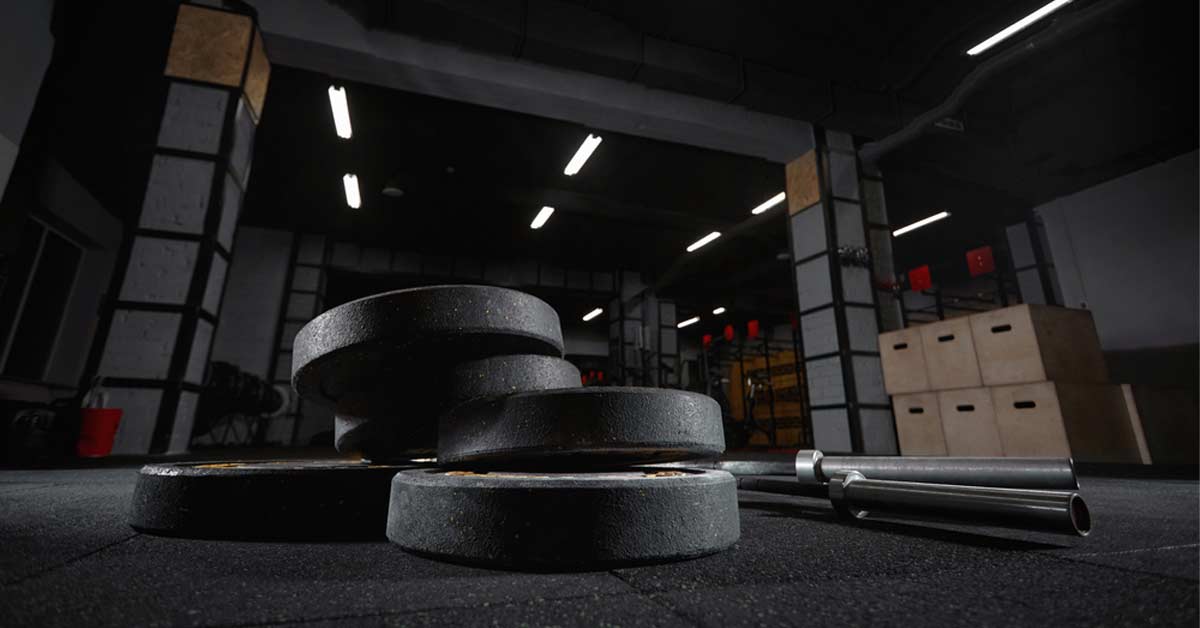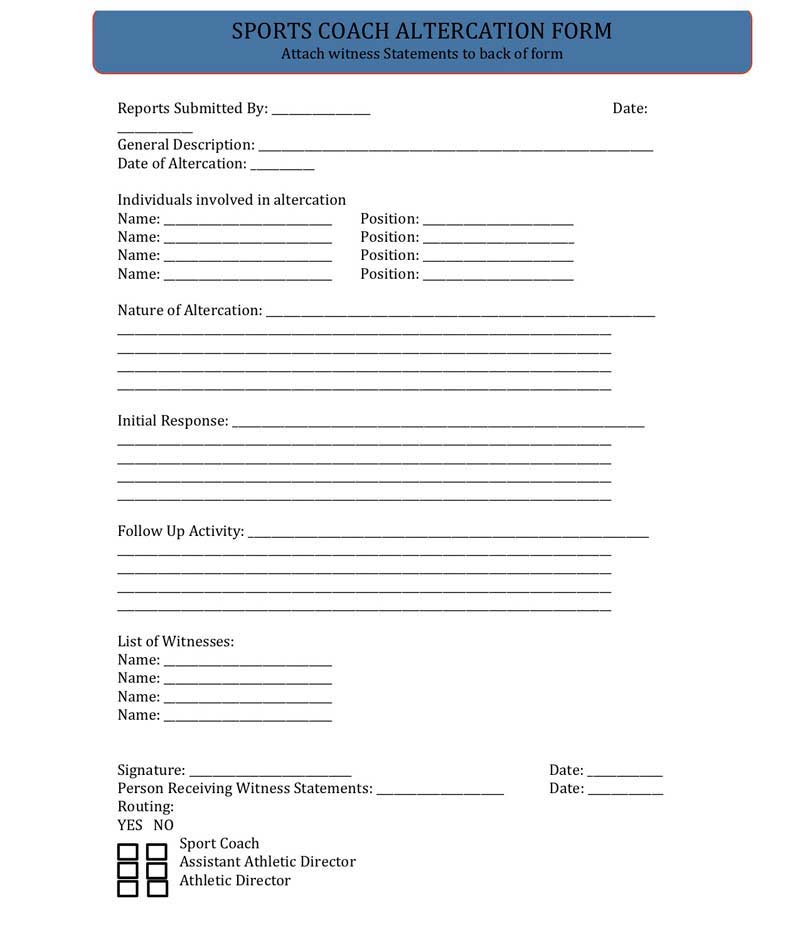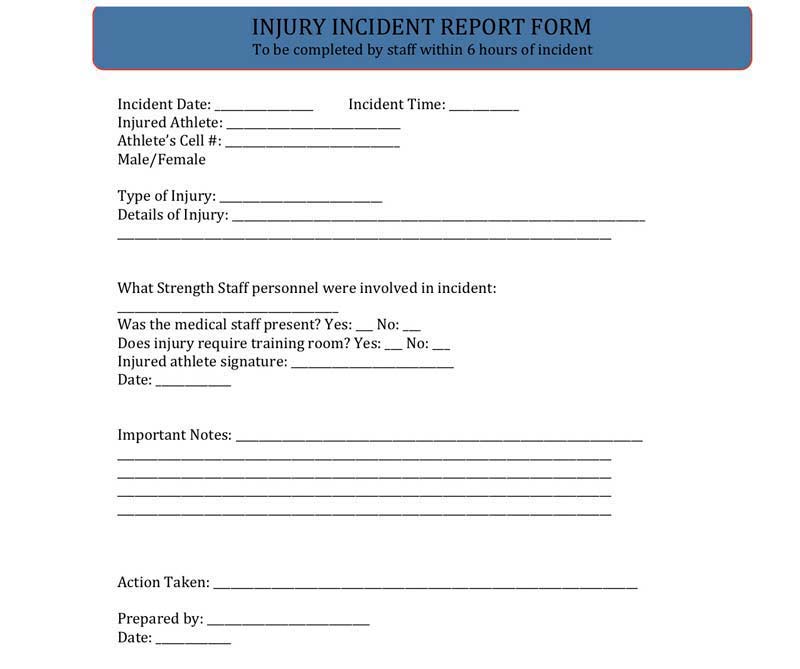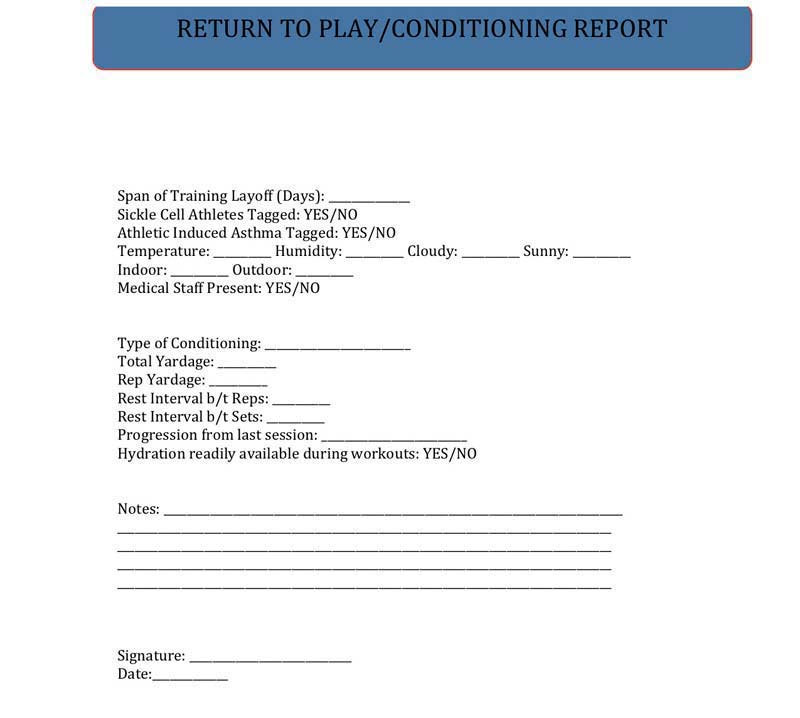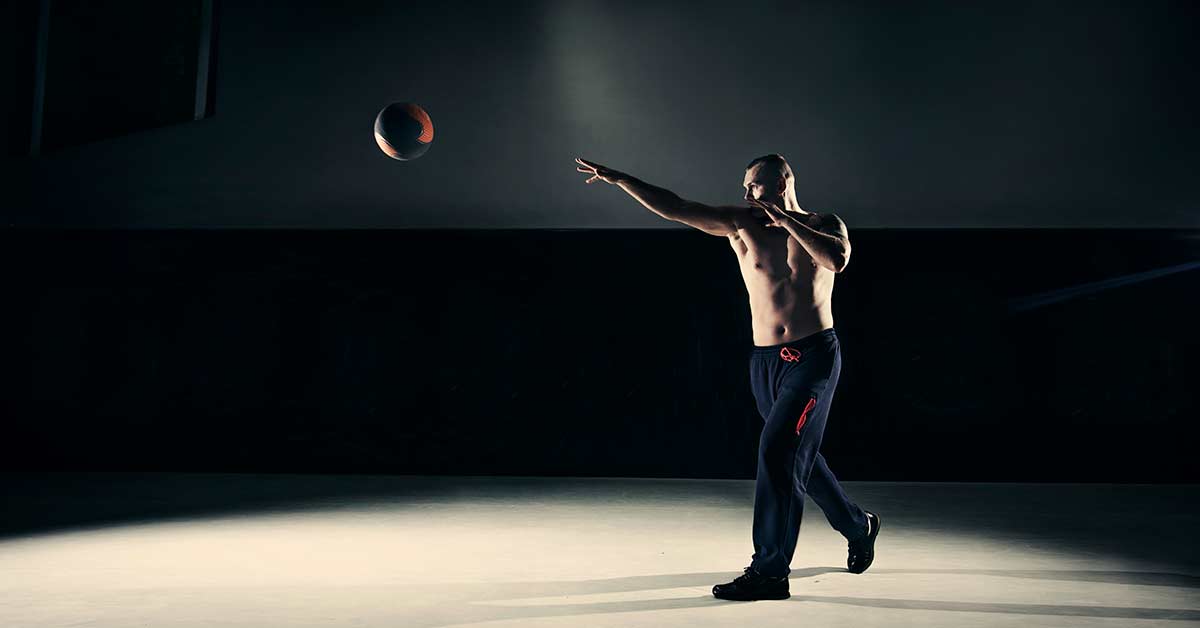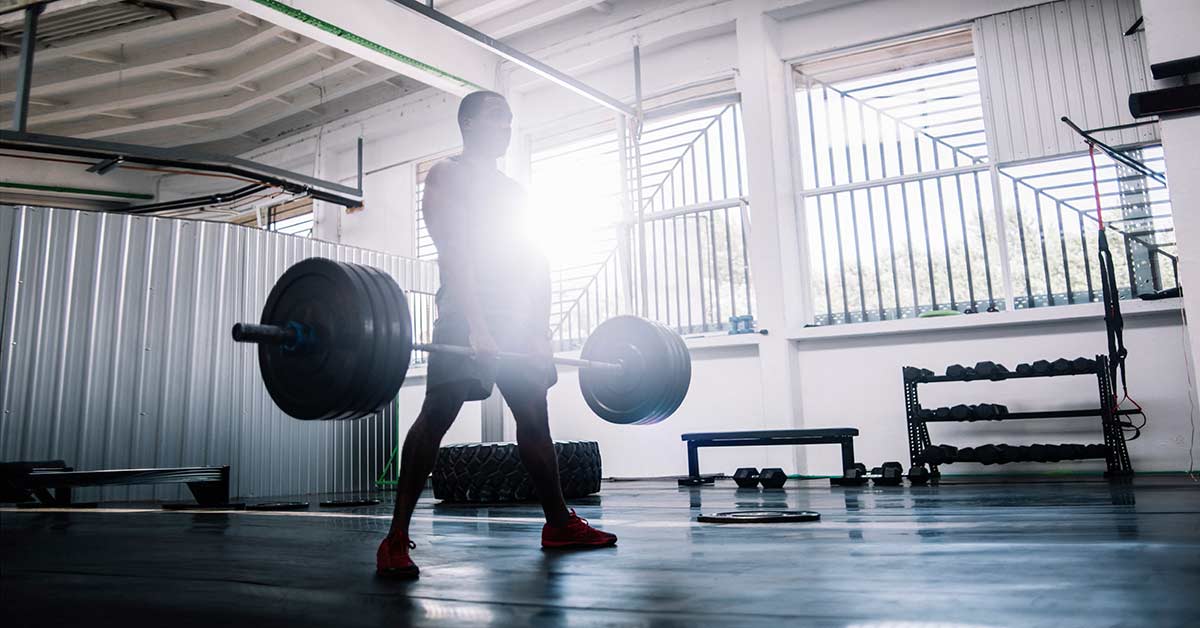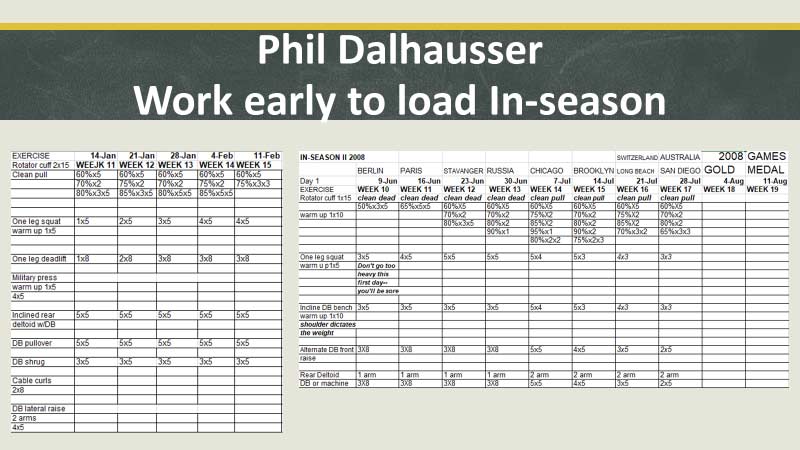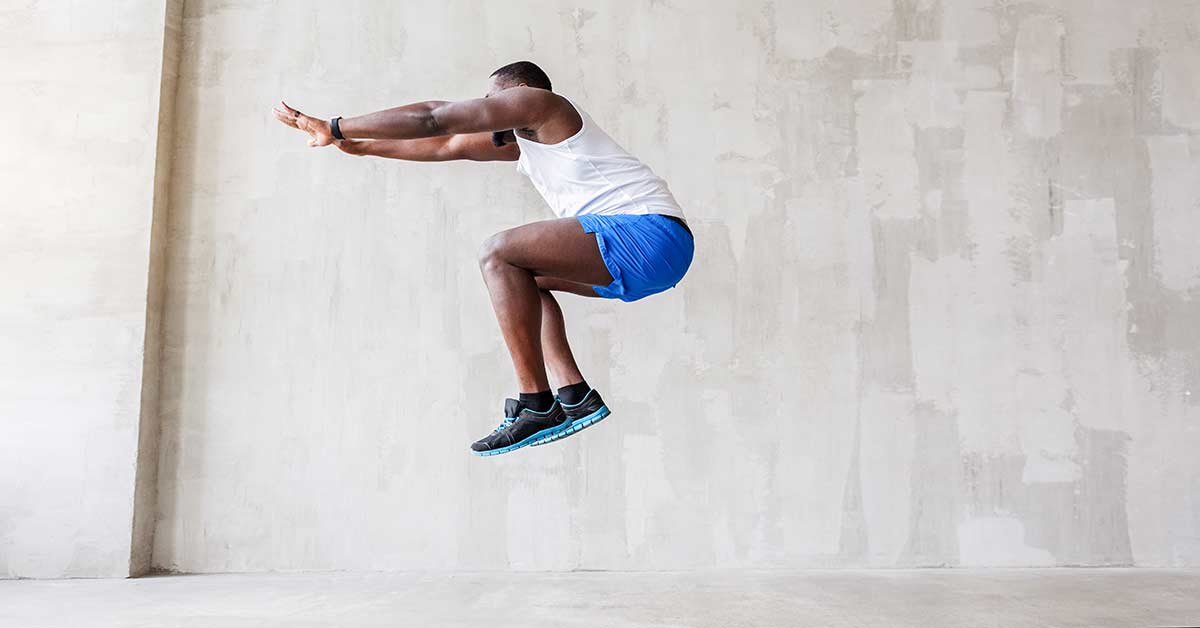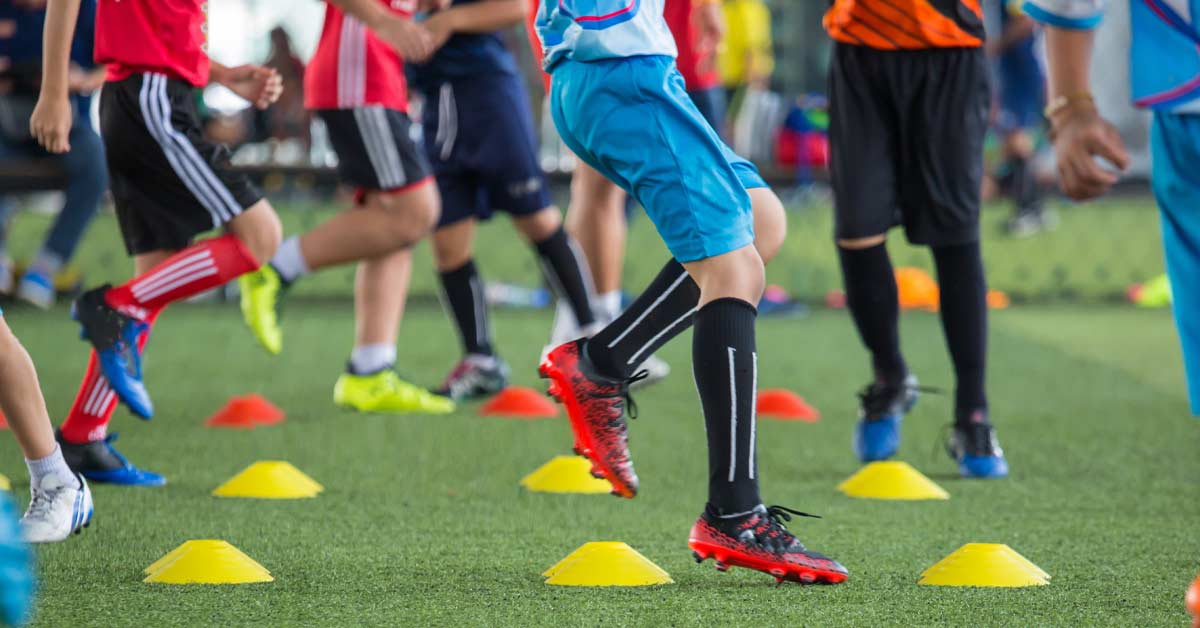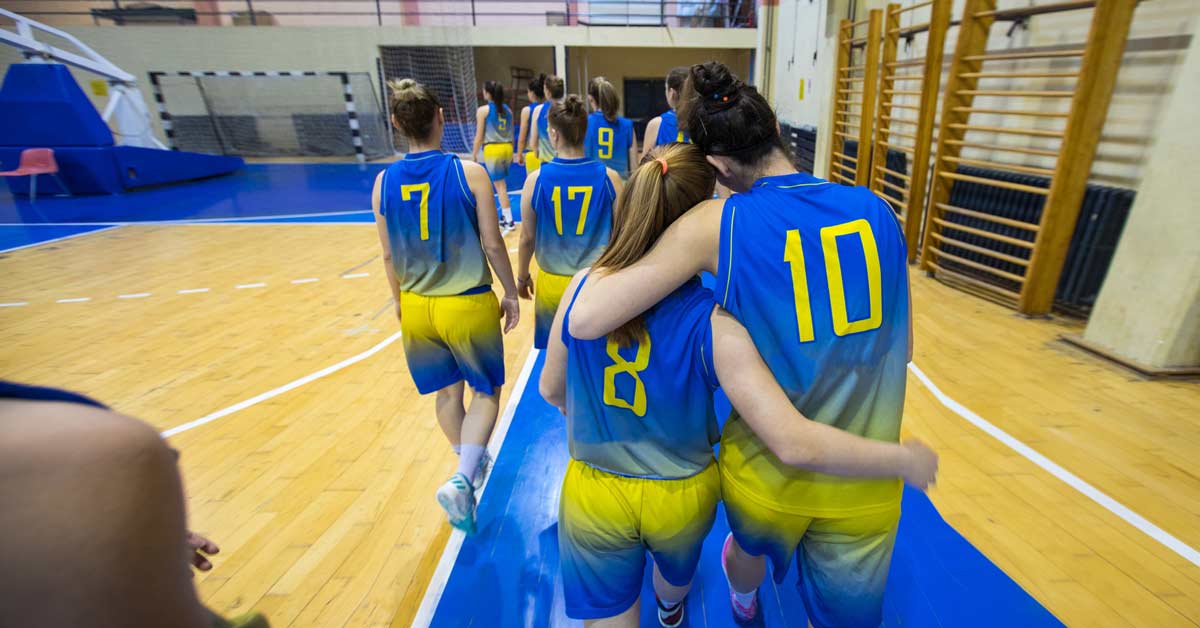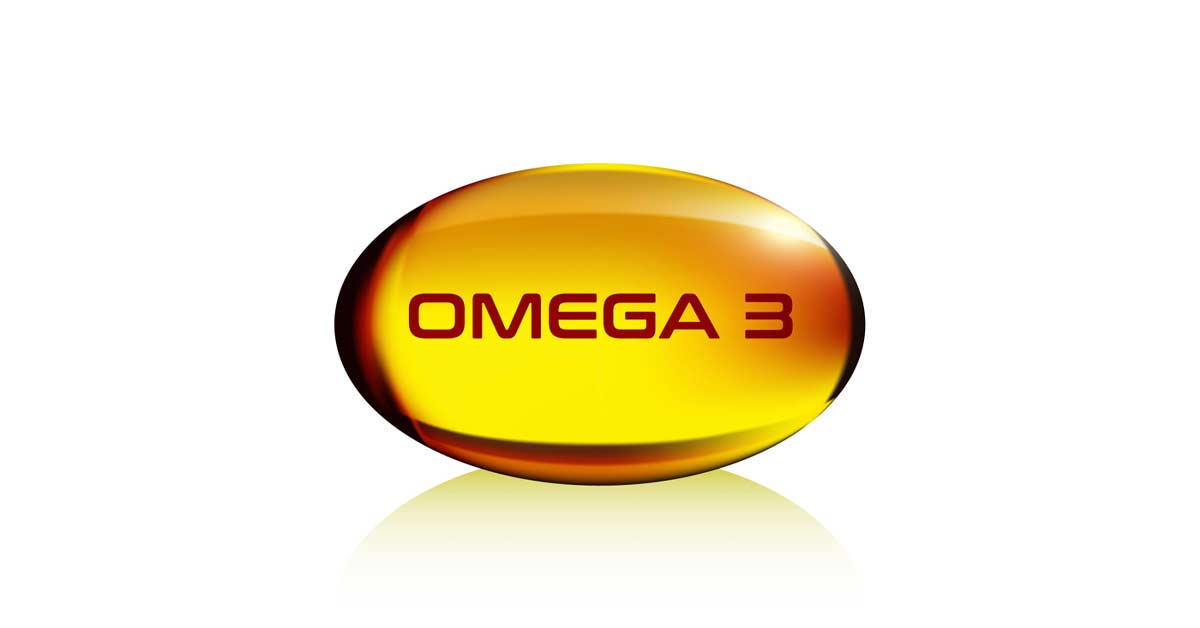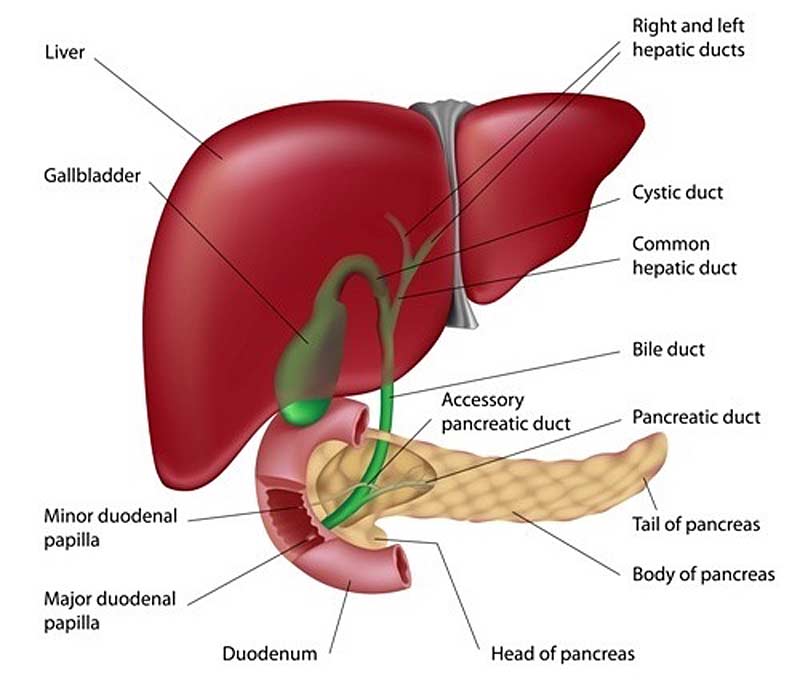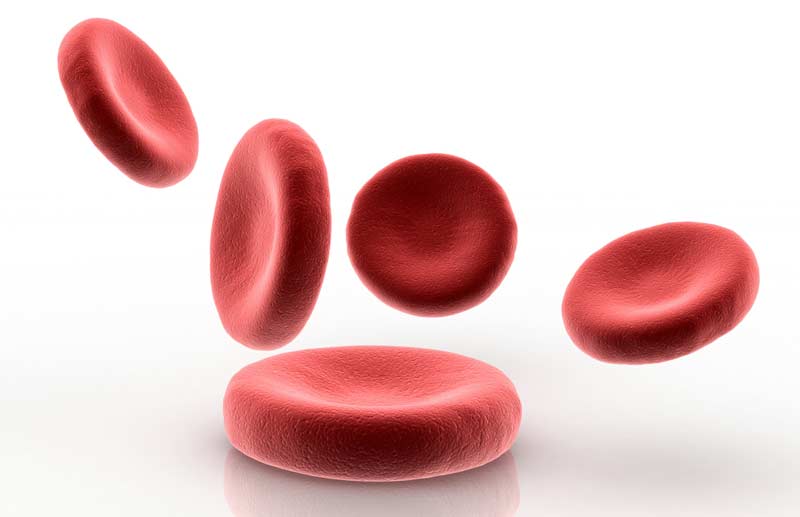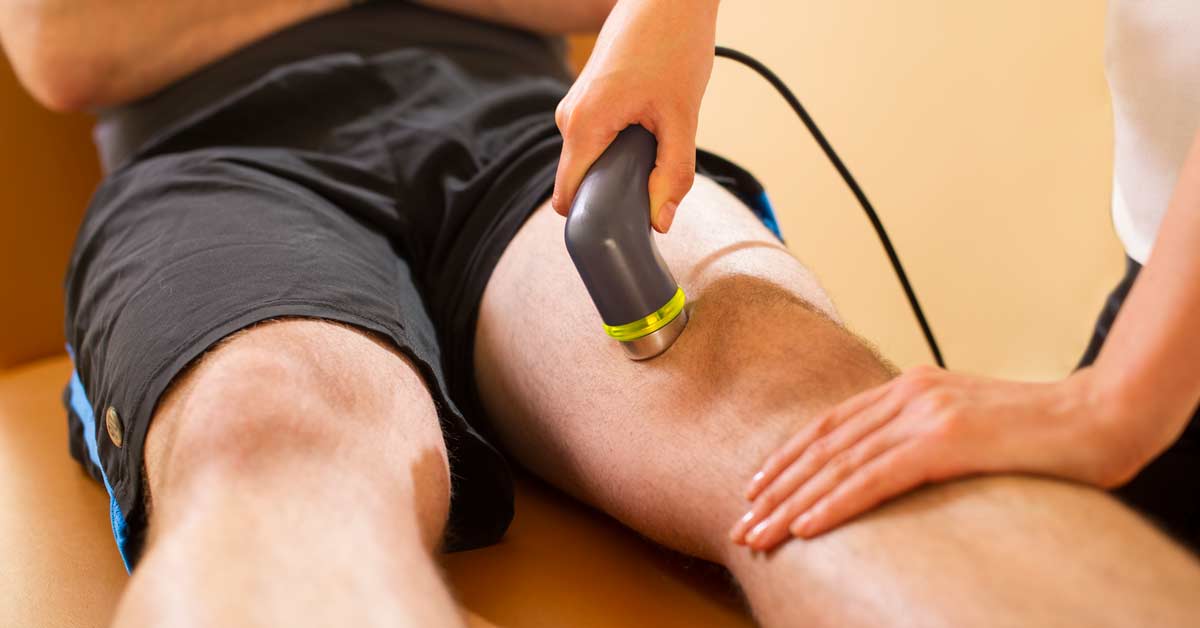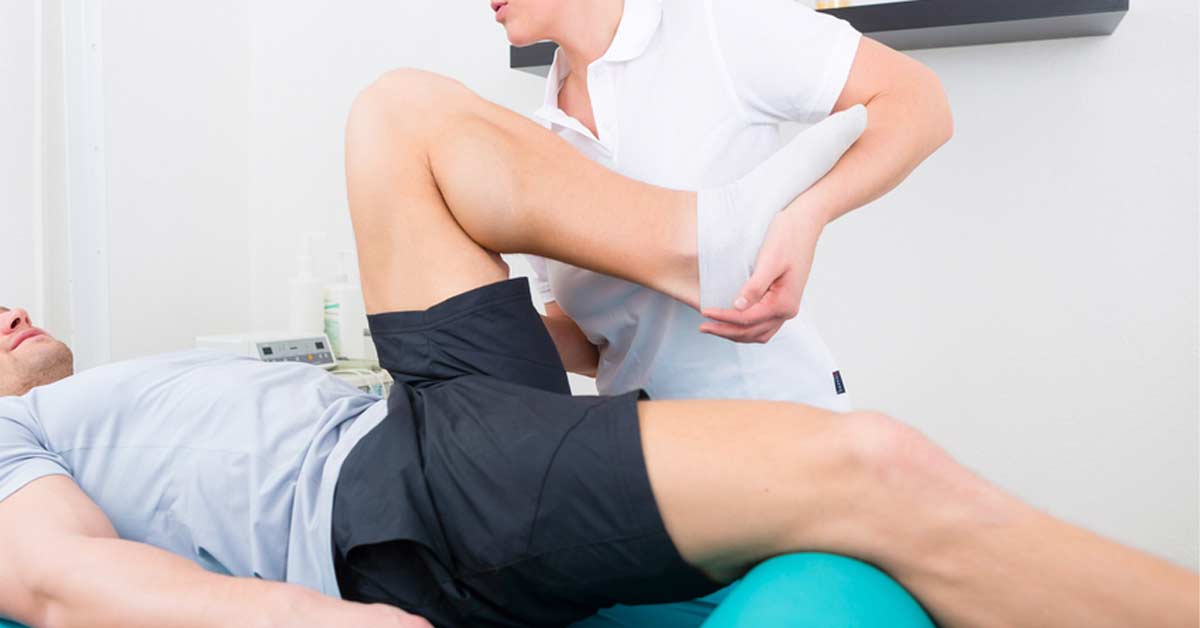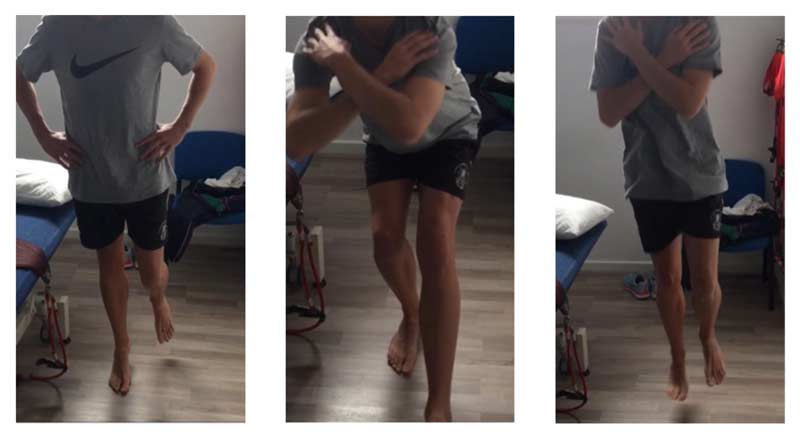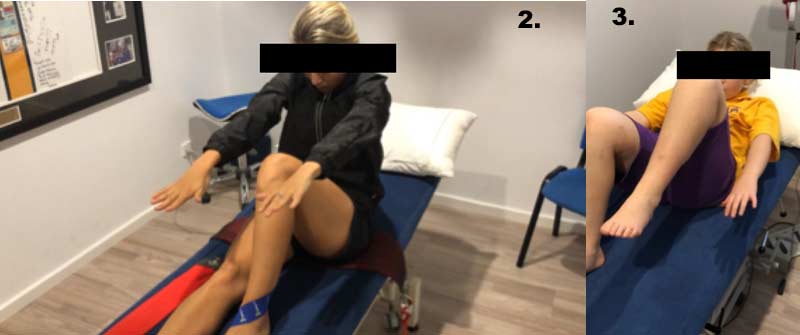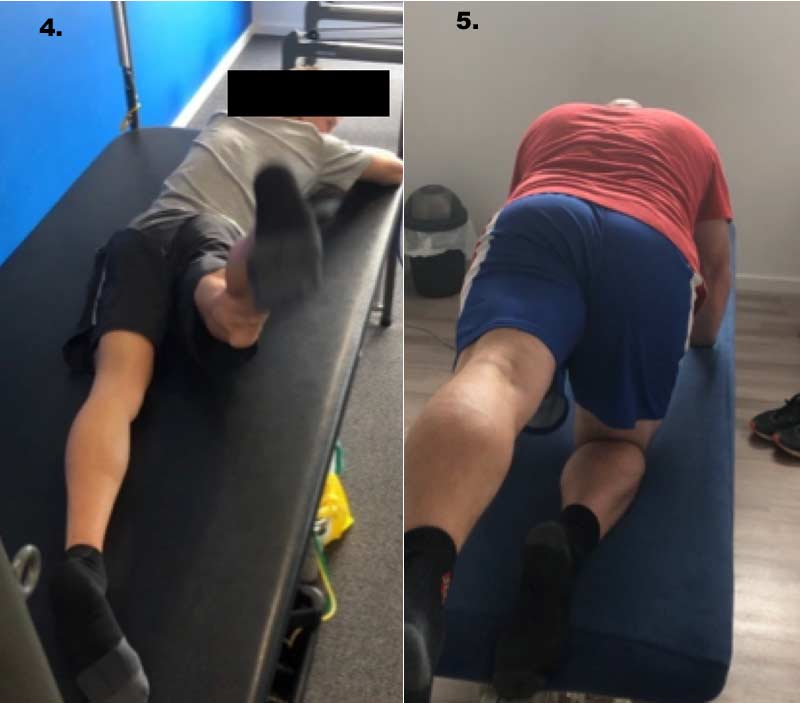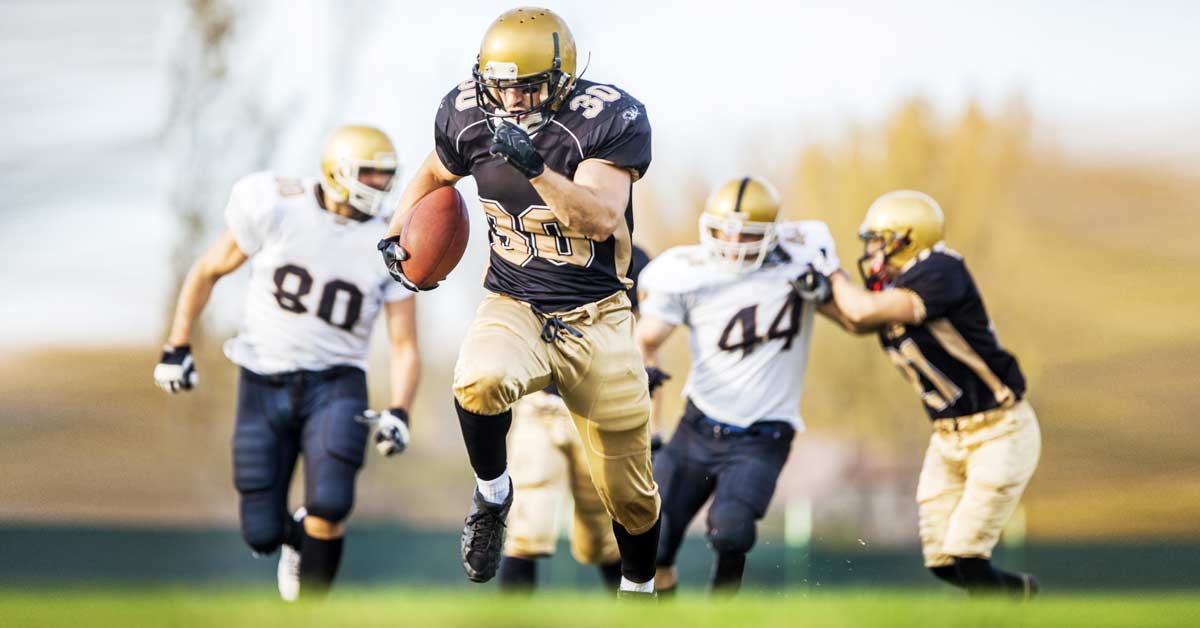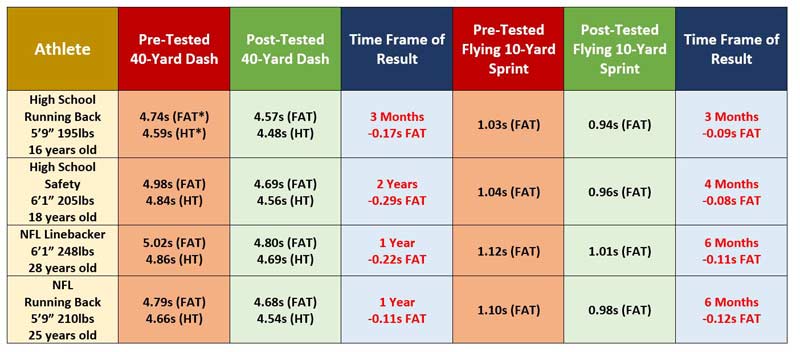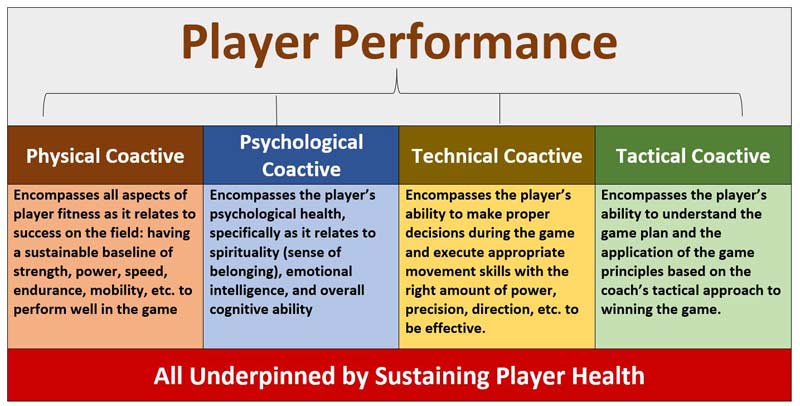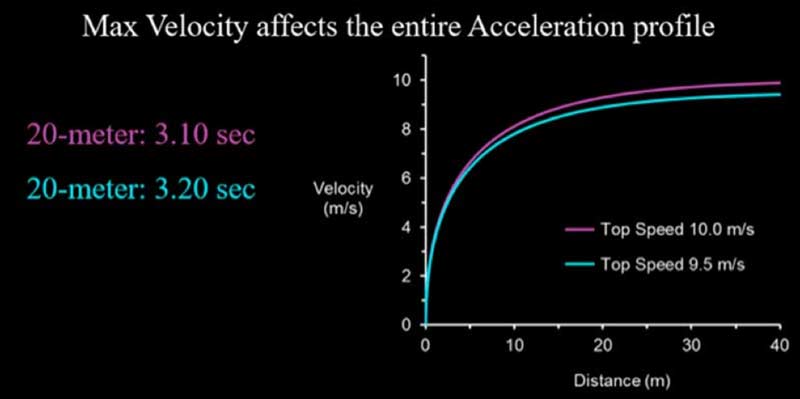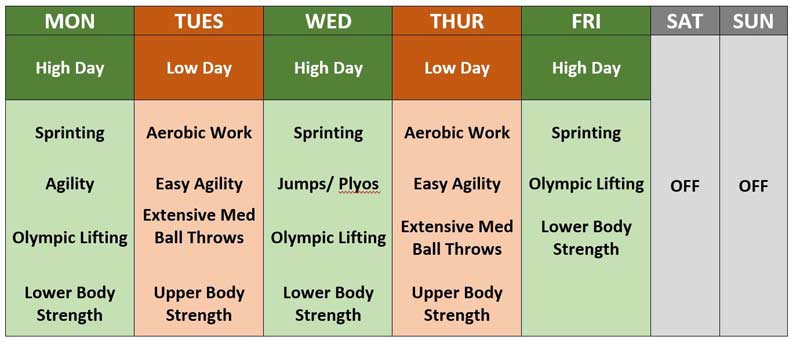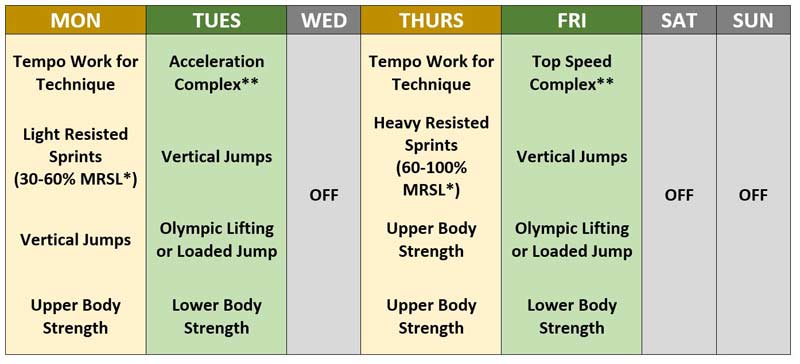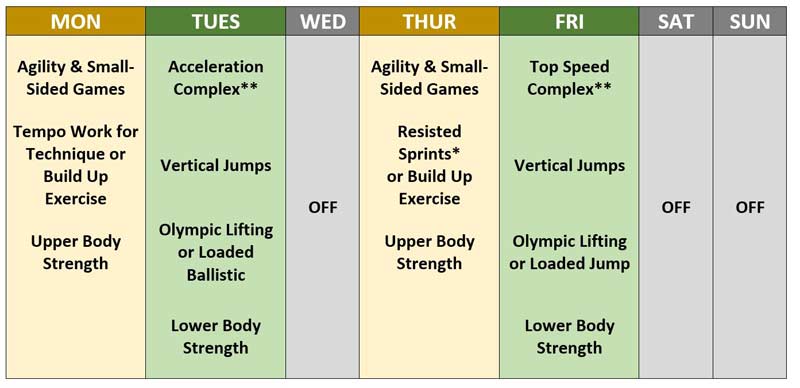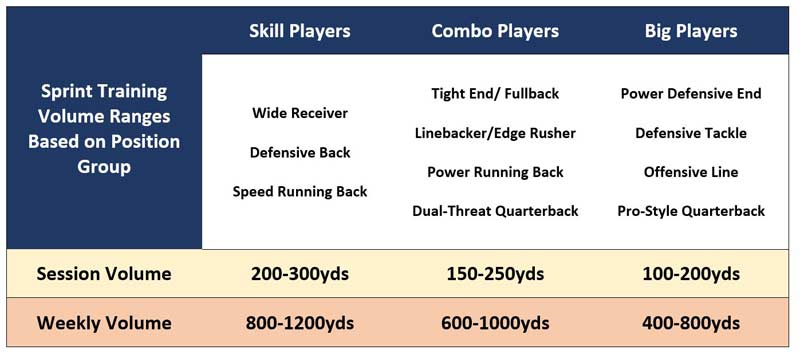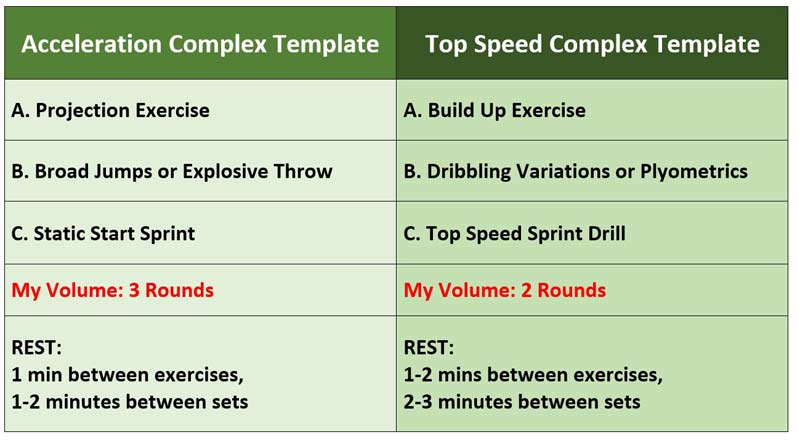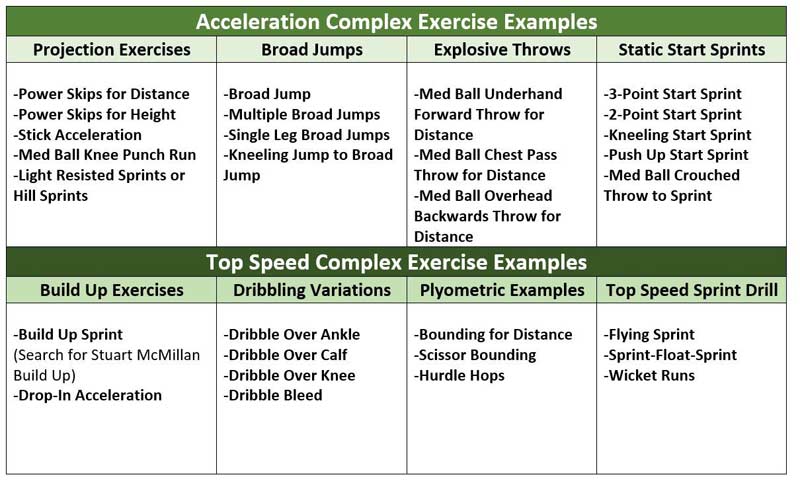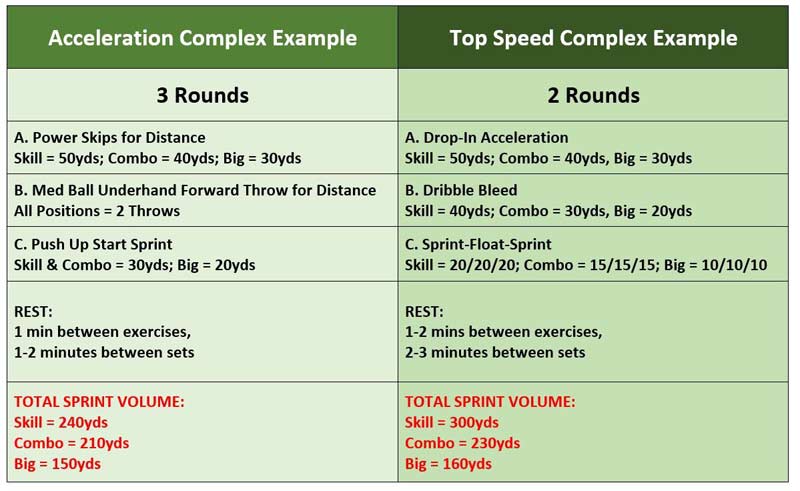
Travis Vlantes is in his second year as the Director of Applied Sports Science at the University of Texas. Travis came to Austin after three years at the University of Wyoming as an assistant sports performance coach. While at Wyoming, he worked with several Olympic sports teams implementing athlete monitoring and served as the internship coordinator.
Freelap USA: How do you utilize CMJs (countermovement jumps) and IMTPs (isometric mid-thigh pulls) to assess athletic needs, and what are some possible interventions based on the results of these tests?
Travis Vlantes: We utilize CMJ to determine how an athlete produces ballistic force, focusing on how much force is generated at specific time intervals (peak force, 100ms, 150ms), unilateral contributions (eccentric, concentric, and landing asymmetry) to bilateral force production, and the overall relationship between vertical force and time (RPD, peak power, impulse, RSI-mod). This information allows us to determine the strategy an athlete uses to generate ballistic force and the effectiveness of that strategy as it relates to the needs of their sport.
RSI-mod and peak power can be used as the two metrics to gauge jump strategy in terms of either tendon stiffness or muscular power. RSI-mod is time-dependent, so force must be produced rapidly, typically using a tendon strategy. Maximal power takes more time to develop and uses more of a muscular strategy.
We typically compare force production at 100ms, 150ms, and 200ms as a way to gauge the slope of an athlete’s force-time curve. It is important to then also look at the resulting concentric action to see if the eccentric force that’s produced rapidly is utilized as concentric power. This would give great insight into whether or not an athlete is limited by the ability to load quickly, transition, or create large concentric impulses. The training would then be specified for the limiting factor: i.e., more rapid eccentric training to improve loading characteristics or isometric training to reduce time and energy loss in the amortization phase.
#IMTP is a safe, effective, efficient, and minimally invasive way to test maximal force production, says @PlatformWarrior. Share on XIMTP is used to determine many of the same relationships as CMJ in a maximal static effort. It is a safe, effective, efficient, and minimally invasive way to test maximal force production. Peak force, force at multiple time intervals, time to peak force, and unilateral contributions to peak force are all important metrics in determining maximal force production and how rapidly force is produced.
Together, these two tests provide strength coaches with a road map for improving physical qualities that may be limiting performance.
The dynamic strength index (DSI) is the ratio of ballistic force to maximal force. In combination with the previously mentioned variables, it can generate several key insights:
- Does the athlete exhibit an acceptable level of maximal force?
- Is the athlete at risk for durability or fatigue issues given the amount of maximal force utilized in a ballistic manner?
- Is the athlete limited by maximal force production or the ability to express maximal force in a timely manner?
Using the answers to these questions, coaches can create a training plan to address the limiting factor. Subsequent testing can help evaluate the success of the intervention and determine if a new limiting factor is now present. This process creates an environment where training considerations are made based on objective performance assessments.
Freelap USA: What should we be aware of when using vertical force monitoring in terms of its relationship to an athlete’s horizontal movement? What can be derived that may transfer?
Travis Vlantes: Force plates do more than just measure how much force is produced (think vertical jump height)—they enable us to look at the way in which force is produced via the relationship between force and time. Ground-based movements in sport all depend on the athlete’s ability to apply force regardless of plane of motion. While specificity is always important, vertical force monitoring provides a window into how an athlete will perform in ground-based movement tasks.
Studies across multiple sports reveal connections between vertical force production and sport tasks. Share on XStudies across multiple sports have shown relationships between vertical force production and sport tasks. This evidence would suggest that athletes who perform well on the force plate possess traits that will allow them to be successful in other ground-based movement assessments.
There is a study by Townsend, et al. (2017) that used multiple performance metrics to assess basketball players. Specifically, the study highlights the use of IMTP and its association with athletic performance and sprinting kinetics. Another study by Thomas, et al. (2015) examined the relationship between IMTP variables and sprinting/change of direction in college soccer and rugby athletes. Several swimming studies—including Carvalho, et al. (2017); West, et al. (2011); and Garcia-Ramos, et al. (2015)—all confirm the relationship between lower-body power and vertical jump performance is a key factor in start performance.
Freelap USA: Are there any other jumping or isometric tests you feel have value for testing athletes?
Travis Vlantes: Unilateral jump performance is crucial for many of our athletes to be successful. We utilize a unilateral CMJ and 5-hop test to determine unilateral power and reactive ability. This adds another layer of information to guide programming decisions, particularly as our athletes develop over the course of their collegiate careers. The unilateral CMJ provides information on how force is generated from a standstill and whether unilateral strength is a limiting factor.
The 5-hop is valuable to determine how well an athlete uses momentum and the stretch shortening cycle to produce repeat efforts; this is measured using the flight:ground contact time ratio. In general, those who have a greater strength training age tend to perform better on a unilateral jump. There is a lot of interesting work on the bilateral deficit that I would like to explore further, to try to find a more optimal balance between unilateral and bilateral jump performance.
The 5-hop is valuable to determine how well an athlete uses momentum and the stretch shortening cycle to produce repeat efforts, says @PlatformWarrior. Share on XWe also use a non-countermovement jump and a depth jump to assess the effectiveness of the stretch shortening cycle, and whether or not an athlete’s jumping patterns are optimized for peak performance. Results will follow the order of non-countermovement jump, countermovement jump, then depth jump if utilization of the stretch shortening cycle is optimized. We do not currently use any other form of isometric testing.
Freelap USA: What markers do you prioritize in stress and load management over the course of an athlete’s training week?
Travis Vlantes: RPE times duration as a training load marker is easy to implement across multiple sports and types of training sessions. We utilize a rolling 28-day average of training load, then flag aberrant responses based on z-score. We use the same approach for wellness questionnaires and heart rate variability to monitor stress and recovery. This provides a framework to adjust an athlete’s training based on their response and the goal of the cycle.
Freelap USA: What are some practical ways that sport scientists can serve coaches more effectively as the field pushes forward?
Travis Vlantes: Being present and invested in the success of the team is the most important element in a sport scientist’s ability to serve coaches. Creating personal relationships with the athletes and being present at strength and conditioning sessions and during practices allows the sports scientist to provide feedback and give examples with the appropriate context. As Daniel Kahneman said: “No one ever made a decision because of a number. They need a story.”
Since you’re here…
…we have a small favor to ask. More people are reading SimpliFaster than ever, and each week we bring you compelling content from coaches, sport scientists, and physiotherapists who are devoted to building better athletes. Please take a moment to share the articles on social media, engage the authors with questions and comments below, and link to articles when appropriate if you have a blog or participate on forums of related topics. — SF
